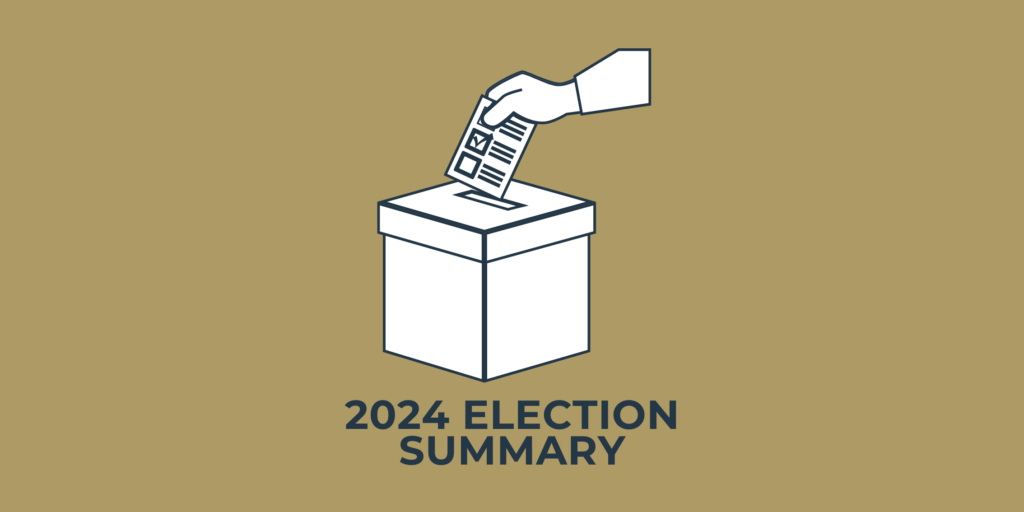HMRC interest rate changes

Changes to HMRC interest rates are significant on businesses and individuals due to tax payments or refunds. Therefore it is important to keep yourselves updated about changes to rates, especially in the current highly volatile and dynamic economic situation. This affects not only the late payers but also those that pay their liabilities in advance where they receive credit interest. The following article looks at current rates of interest by HMRC and their influence on your obligations.
How are HMRC interest rates set?
HMRC interest rates are linked to two separate rates:
- Late payment interest, set at base rate plus 2.5%
- Repayment interest, set at base rate minus 1%, with a lower limit of 0.5%
HMRC imposes the interest rates to discourage late payers and to encourage prompt payments of tax. Furthermore, repayment interest for early payments are expected to reward and fairly compensate taxpayers.
How have the HMRC interest rates changed?
The HMRC interest rates changed regularly. Here are the values since late 2022:
| From | Late Payment % | Repayment % |
| 20 August 2024 | 7.50 | 4.00 |
| 22 August 2023 | 7.75 | 4.25 |
| 11 July 2023 | 7.50 | 4.00 |
| 31 May 2023 | 7.00 | 3.50 |
| 13 April 2023 | 6.75 | 3.25 |
| 21 February 2023 | 6.50 | 3.00 |
| 6 January 2023 | 6.00 | 2.50 |
| 22 November 2022 | 5.50 | 2.00 |
What does this mean for the country?
The Bank of England is constantly trying to tackle inflation and reduce the base rate down towards its 2% target.
Whilst this is still somewhat short of the 1979/80 all-time high of 17.00%, attention has naturally been drawn to the impact on those with mortgages. Savers will have also noticed interest rate rises, though these have not kept up with inflation.
Less noted in the wider media, however, is the impact this has had on interest rates for late payment of tax to HM Revenue & Customs. The rate is set out in legislation as the base rate plus 2.5%.
Late payment of tax (both income tax and corporation tax) in the majority of 2020 and 2021 would have only incurred late payment interest of 2.60%. In August 2024, we saw a drop down by 0.25 from the previous year. Whilst this is a step in the right direction, it’s still 2% higher than November 2022. A high late payment interest rate like this has not been seen in the UK since the 2008 banking crisis.
Having your accounts and tax return prepared timeously will help to provide advance notice of tax liabilities and reduce your risk of incurring late payment interest. Should you require assistance with your company’s accounts or personal tax return, please contact your local Perrys branch.








